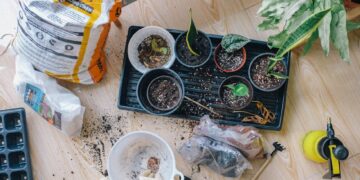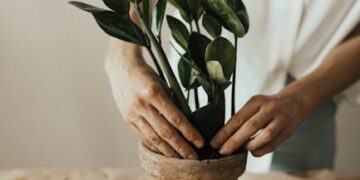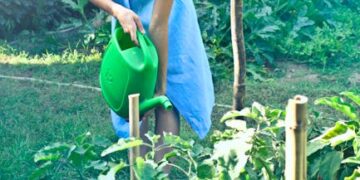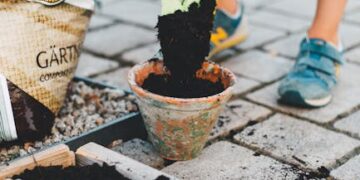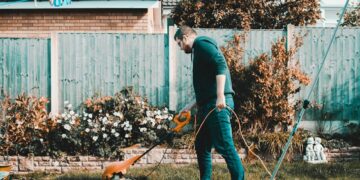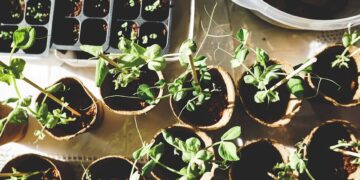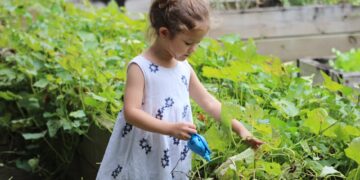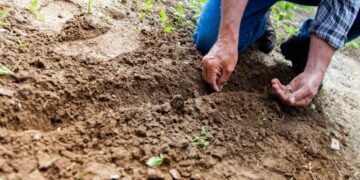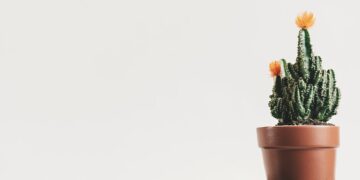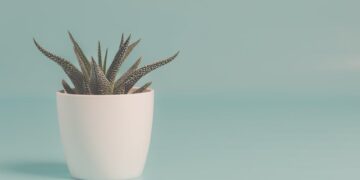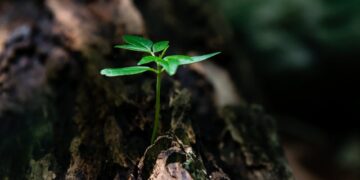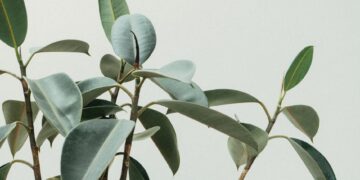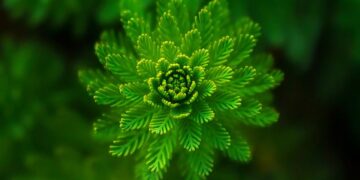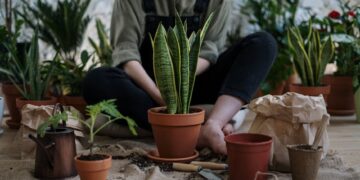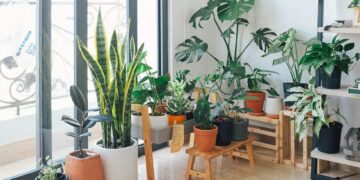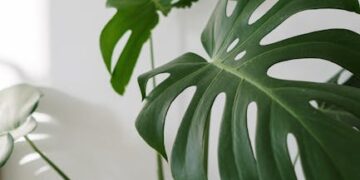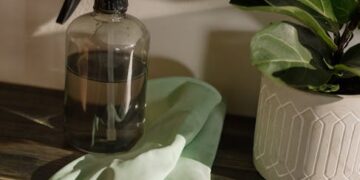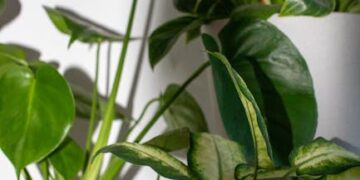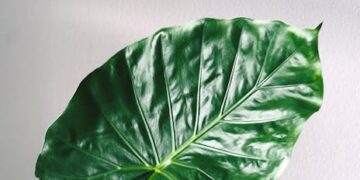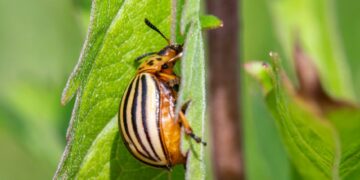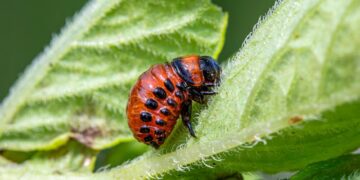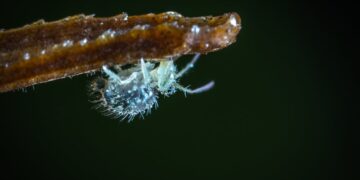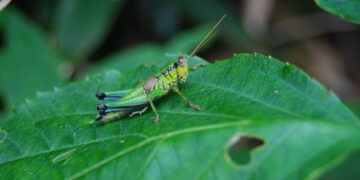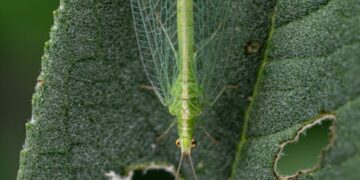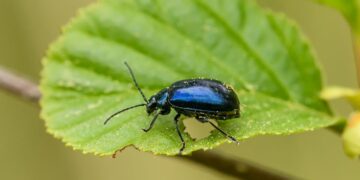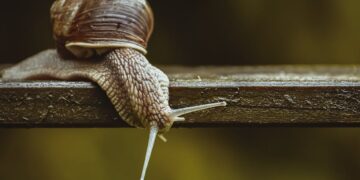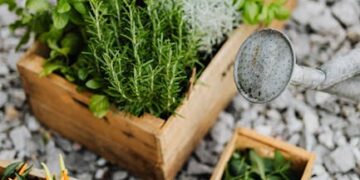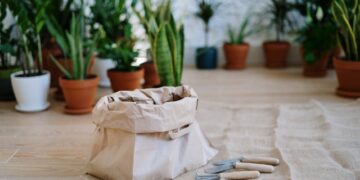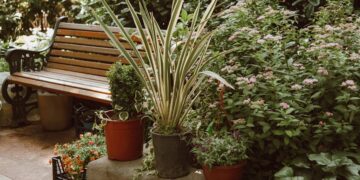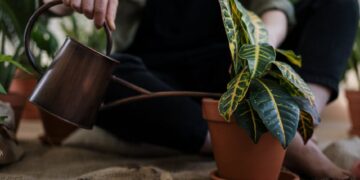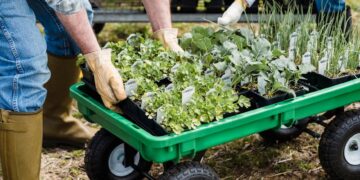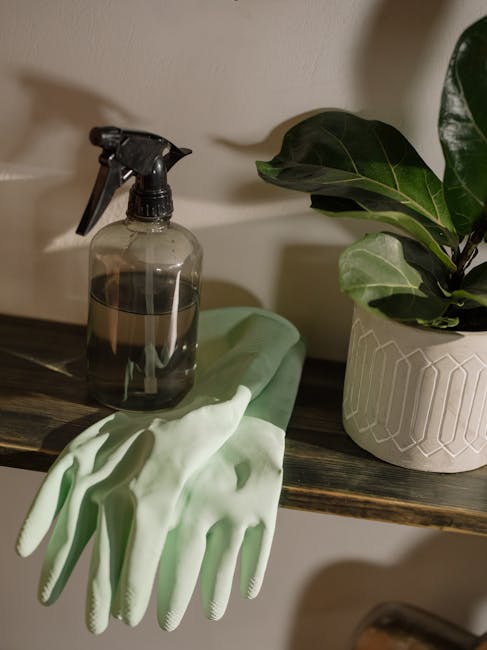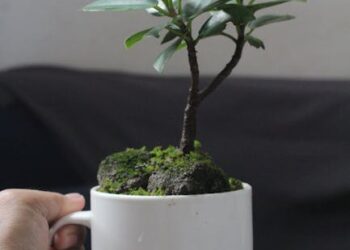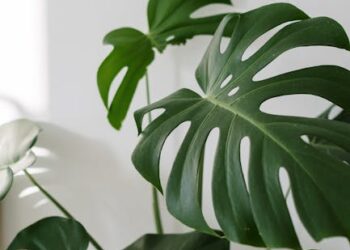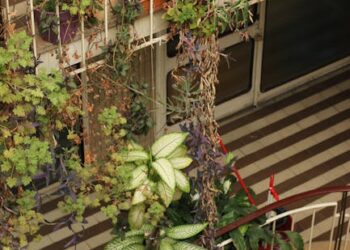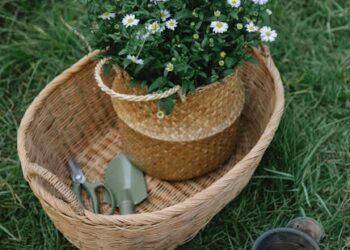Ultimate Guide to Indoor Plant Maintenance: Tips for a Thriving Green Space
Whether you are a seasoned green thumb or a beginner looking to greenify your living space, understanding the basics of indoor plant maintenance can transform your home into a vibrant, lush oasis. In this guide, we’ll explore essential tips and practices that will help your indoor plants not only survive but thrive.
Choosing the Right Plants
Selecting the right plants for your indoor environment is crucial. Consider the lighting, humidity, and temperature of your space. Some plants require bright, indirect light while others thrive in low light conditions. For instance, succulents and cacti need a lot of sunlight, whereas ferns and pothos can manage in dimmer environments. Knowing what each plant needs in terms of light, water, and temperature will set you up for success.
Watering Your Indoor Plants
Finding the Perfect Balance
Overwatering is a common mistake among indoor gardeners. To avoid this, check the soil’s moisture level before watering. A simple finger test—inserting your finger up to the first knuckle—can tell you if the soil is dry or moist. Many houseplants prefer drying out slightly between waterings, but there are exceptions like peace lilies, which thrive in consistently moist soil.
Using the Right Water
The type of water you use can affect plant health. Tap water is acceptable for most indoor plants, but if it’s heavily treated with chemicals, allowing it to sit overnight before using can help evaporate some of the harsher chlorine. For more sensitive plants, rainwater or distilled water can be a better option to avoid leaf browning.
Proper Lighting For Growth
Light is food for plants. Without adequate light, plants can become leggy, lose color, and diminish in health. Assess the natural light in your home, which varies depending on direction (north, south, east, west) and obstructions (buildings, trees). Rotate your plants regularly to ensure they grow evenly, not just reaching toward the light source.
Humidity and Temperature Control
Replicating Natural Humidity
Many indoor plants originate from tropical environments and require higher humidity. You can increase humidity around your plants by grouping them together, using a humidity tray (a tray filled with pebbles and water), or employing a room humidifier. Spray misting is also beneficial, especially during the dry winter months.
Maintaining Ideal Temperatures
Most houseplants enjoy temperatures between 65 to 75°F (18 to 24°C). Avoid placing plants near temperature hazards like air conditioning units, heaters, or drafty windows, all of which can create an unsuitable environment.
Nutrients and Soil Management
Indoor plants depend on you for their nutrients. Use a well-balanced fertilizer that caters to the specific type of plants you are growing. Follow packaging instructions carefully to avoid over-fertilization, which can harm plant health. When it comes to soil, choose one that provides proper drainage and supports the nutrient needs of the plants. Occasionally, refreshing the topsoil or repotting the plants can help ensure they get enough nutrients.
Pest and Disease Management
Keep an eye out for signs of pests and disease, such as spotting on leaves, wilting, or stunted growth. Quarantine new plants before introducing them to your garden area to prevent the spread of pests and diseases. Natural remedies like neem oil can be effective for treating many common plant pests and diseases.
Seasonal Care Adjustments
Just like their outdoor counterparts, indoor plants have seasonal needs. During the growing season (spring and summer), they’ll typically require more water, light, and nutrients. In contrast, during the dormant season (fall and winter), many plants need less water and no fertilizer. Adjust your care practices to align with these natural cycles to keep your plants healthy year-round.
Frequently Asked Questions
How often should I water my indoor plants?
This varies widely depending on the plant type, season, and your home’s environment. Always check the soil moisture, as discussed, to determine when to water.
What are the best low-light plants?
Some excellent low-light plants include snake plants, spider plants, and ZZ plants. They are also quite forgiving for beginners!
How do I know if my plants need more humidity?
If you see brown tips on the leaves or they seem dry and crispy, your plants might be asking for more humidity.
Conclusion
By now, you should feel equipped with the right knowledge to transform your home into a thriving green sanctuary. Remember, every plant has its own unique needs and preferences. Pay attention to their signals and adjust your care accordingly. With patience and practice, indoor gardening can be a rewarding and relaxing hobby.

